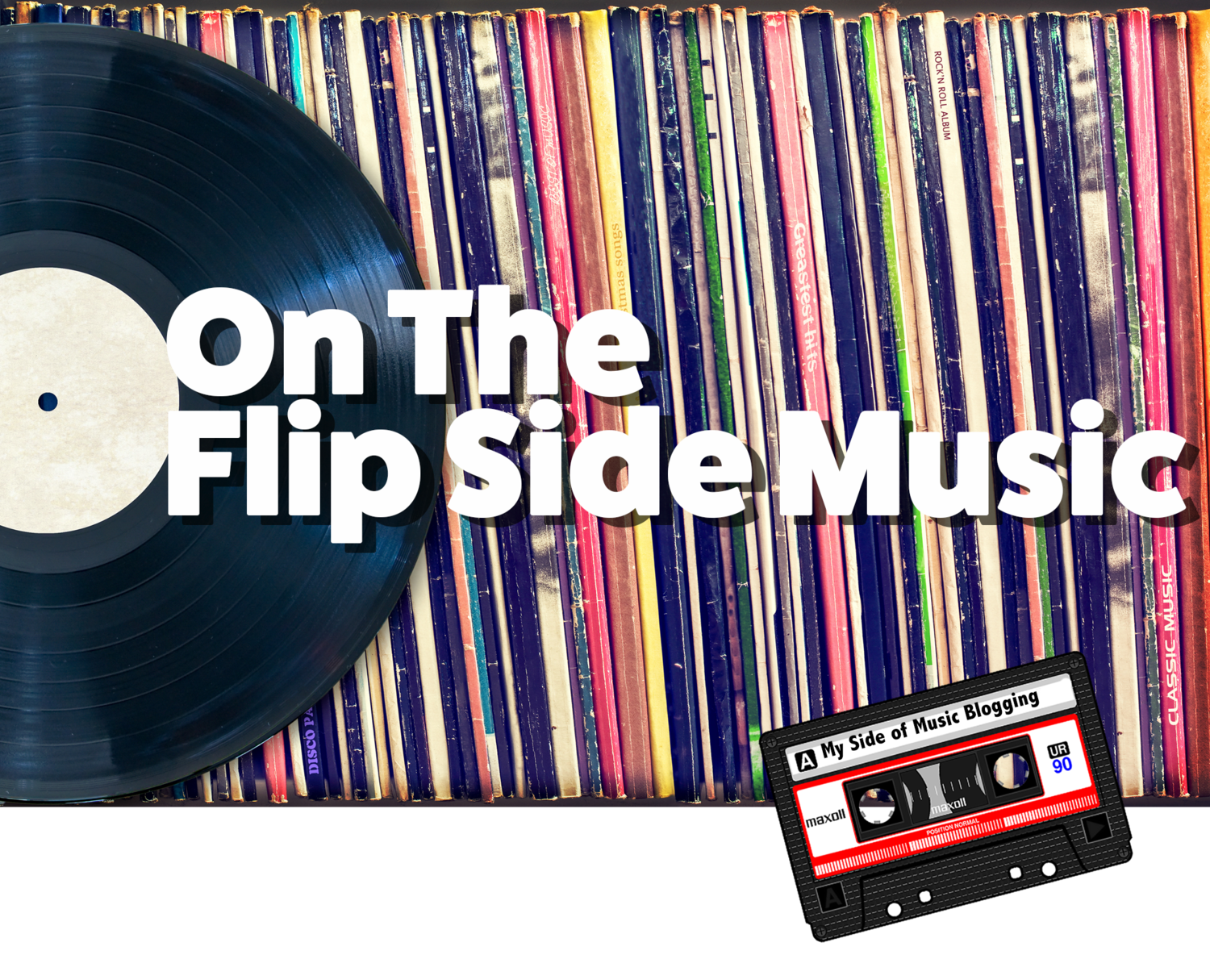The Three Main PROs - ASCAP, BMI and SESAC
By Jessica Klausing
Any public venue that plays your music is required to obtain a license and pay a fee or performance royalty. Public venues include radio stations and television networks, cable stations (such as HBO, MTV, and VH1), satellite networks, colleges and universities, nightclubs, Internet websites, and mobile carriers.
The amount you receive varies, but one thing is for sure: to collect anything, you must first become a member with one of the major performing rights organizations (PROs) then register your songs and percentage shares with them.
The three main U.S. societies include the American Society of Composers, Authors and Publishers (ASCAP), Broadcast Music Incorporated (BMI), and what was formerly known as the Society of European Stage Authors and Composers, today recognized as SESAC.
ASCAP is a nonprofit organization established in 1914 and is run by writers and publishers.
• To join you must have written or co-written music or lyrics for at least one musical work that is ready to be registered. There is a one-time, $50 fee for submission of an application.
BMI was founded by broadcasters, but its decisions are made by management.
• To join you must have written or co-written at least one musical composition. Membership is free for songwriters. For publishers, there’s a $150 fee for individuals and $250 for companies.
SESAC is a “for profit” organization founded in 1930. SESAC is a much smaller organization than ASCAP and BMI, representing only 5 percent of all licensed music out there.
• SESAC members must be selected by a referral process. There is no cost to join SESAC.
Although each of these organizations conducts business differently, they have similar functions and one general principle: to protect the performing rights of songwriters and publishers.
Here’s an overview of how they operate:
Blanket Licenses – PROs issue “blanket licenses” to music users, which include radio stations, television networks, nightclubs, some restaurants, concert halls, airlines, shopping malls, and Internet sites for a negotiated fee that covers all of the compositions registered to a society by thousands of different writers and publishers.
Monitoring Songs –PROs conduct research to give them a representation of the copyright titles that are broadcast during each royalty period. Although there are a variety of licenses issued by the PROs, royalty payments are based primarily on the number of radio and television performances per quarter.
• Radio – The monitoring of analog radio and internet radio are generally accomplished through two methods: digital monitoring and random radio “logs.”
Digital monitoring is done by services like Nielsen Broadcast Data Systems (BDS) that encodes songs with recognition technology.
Logs are part of a sample survey where radio stations list every song they play over a two to three day reporting period each quarter.
• Television –The monitoring of television stations, cable, etc., is accomplished through cue sheets.
Cue Sheets provide details of which song was used, the composer and publisher of each song, and how, when, and where music is used.
In order to decide which organization to join, the best option is to speak with a representative from each society when you’re about to have a song published. Base your decision on the information that seems the most reasonable to you. In order to receive performance royalties, you must be registered with at least one performing rights organization.
SOURCES:
Borg, Bobby. The Musician’s Handbook: A Practical Guide To Understanding The Music Business. New York: Billboard Books, 2008.



